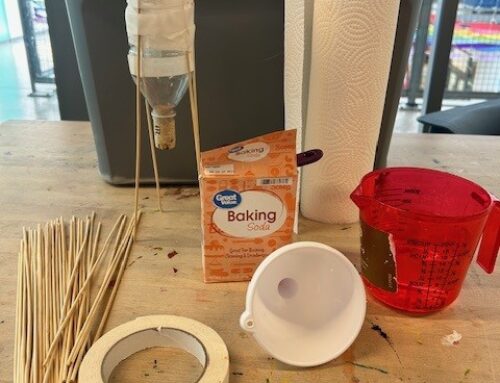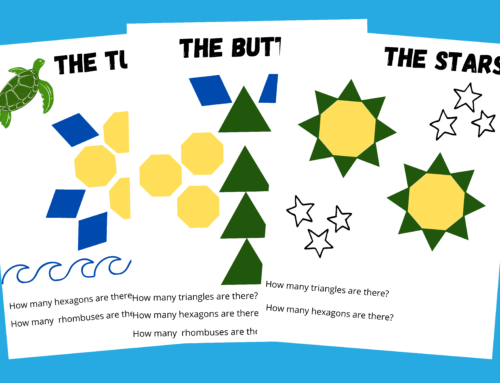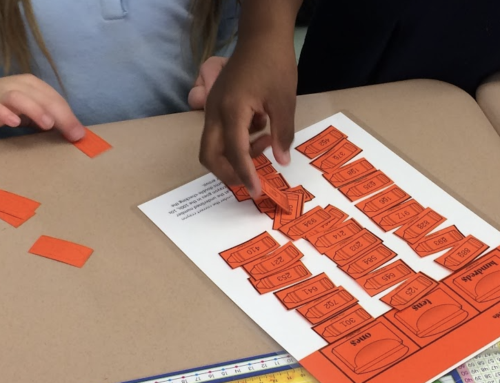Why You Should Teach Chemical Changes
A chemical change occurs when a chemical substance is transformed into one or more other substances. I find that teaching chemical changes is a great way to teach the properties of matter because it provides students an opportunity to visually see a change, rather than just interacting with numbers and formulas. Often the best way to teach science is by bringing complex ideas to life and making it fun!
The following five experiments are my favorite ways to teach chemical changes to elementary students:
1. Observing the Formation of Gas
This is a very easy experiment to teach a chemical change to young kids. For this experiment, collect an old soda bottle, vinegar, baking soda, a balloon, and a funnel. Have the students put two spoonfuls of baking soda into the balloon and then using the funnel, pour vinegar into the old soda bottle until it is about half full. Stretch the balloon around the top of the bottle carefully to not let the baking soda fall into the bottle. When ready, make the balloon stand up by pouring the baking soda into the bottle.

When baking soda reacts with vinegar, a gas (carbon dioxide) is created. This gas is trapped inside the bottle and balloon, causing the balloon to inflate. Students can observe how this chemical change completely changes the balloon!
2. Observe Color Changes
First, fill three glass jars halfway with water. Separately, collect food coloring of 3 different colors, a cup of bleach, vinegar, and hydrogen peroxide (do not mix). Start the experiment by having students put colorings into the water to show a physical change (color change). Next, the teacher puts a spoonful of vinegar in one glass, a spoonful of bleach in another glass, and a spoonful of hydrogen peroxide in the last glass (and don’t forget safety glasses while you do!). Have the students determine in which glass(es) a physical change occurred and in which a chemical change occurred. This will open a discussion on how they knew which mixtures prompted physical or chemical changes, with the students providing real examples from their own observations.

3. Make Orange Fizz
Another super fun (and tasty) way to teach chemical changes is to make orange fizz. All you need are oranges and baking soda. Cut the orange and dip a slice into baking soda and try it!
4. Make Instant Snow
How much fun would it be to make snow in the summer to teach science? For this fun experiment, all you need is shaving cream and baking soda. Mix about 2 cups of each in a bowl and keep adding more to get the consistency that you like. Have fun and see the chemical change right in front of your eyes! Download the free activity sheet for full instructions.

5. Mentos and Coke
This is the most popular of all chemical change experiments of all! For this experiment, all you need is diet coke and mentos. Open the bottle of diet coke, quickly drop the mentos in, and back away quick. Kids will love watching the geyser that explodes! This always gets a great reaction out of the students and really brings chemical changes to life!
Looking for more chemistry ideas? Check out these engaging chemistry experiments!








Leave A Comment